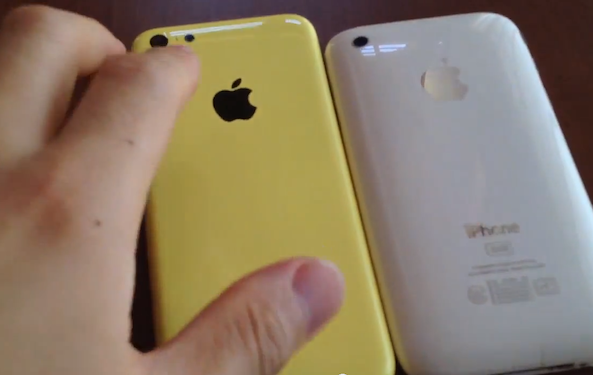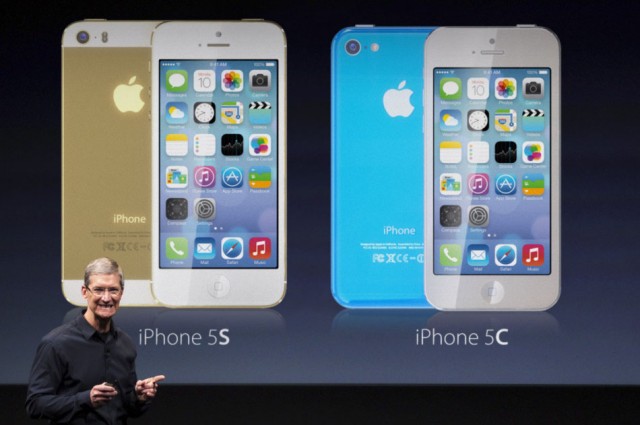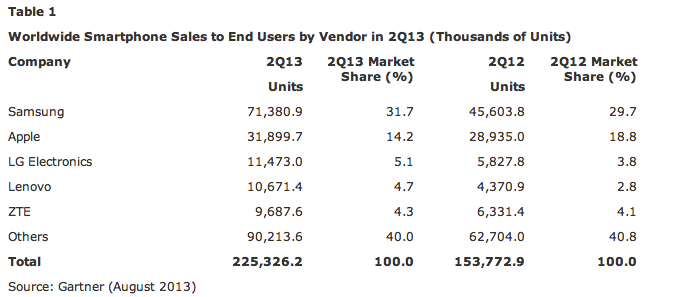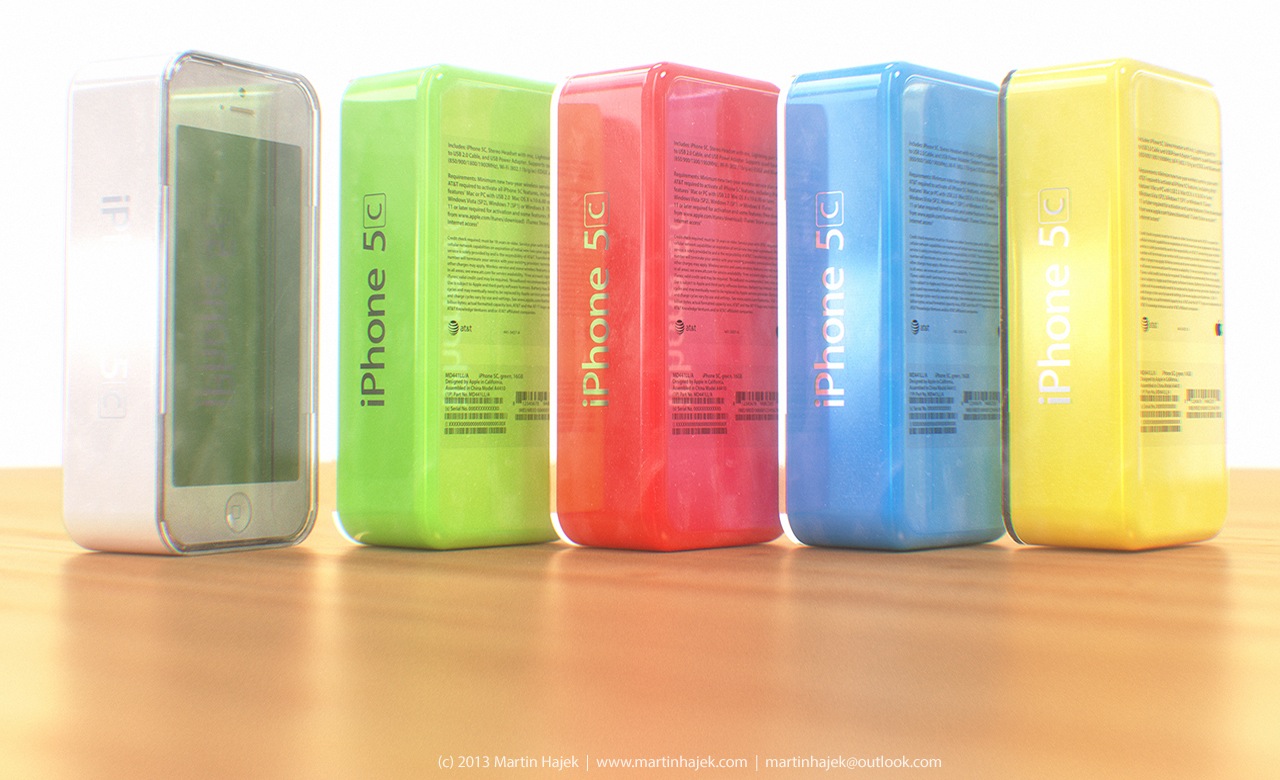Smartphones – once the preserve for geeky first adopters – are now the norm. You notice the change on the street, on television and now with such traditional research firms as Gartner. Sales of smartphones in the second quarter reached 51.8 percent, compared to an astounding 21 percent decline in feature phones, or dumb phones as they’re also called, according to the researcher. At the same time, the Asia/Pacific region marked the highest smartphone growth, reaching to 74 percent…
The move to smartphones from dumb phones was also marked by a changing of the guards: Microsoft replaced BlackBerry as the No. 3 smartphone OS make (hardly a surprise). At the same time, Nokia – once the king of basic cell phones – is having a tough go as its once secure markets are eaten by flagging interest in feature phones and the growing dominance of Android smartphones.
Apple’s iPhone and iOS remain the No. 2 smartphone brand and its mobile operating system, Gartner said. However, the company’s marketshare is slipping as consumers wait for a new product and Android solidifies its lead. Samsung’s marketshare rose to 31.7 percent of smartphone sales and Google’s Android now holds 79 percent of the smartphone OS market.
Mockup via Martin Hajek.
Along with numbers showing smartphone sales now lead feature phones, Gartner shows unit sales of iPhones growing, yet marketshare falling during the second quarter of 2013. As for the rumored iPhone 5C, that device could even surpass the iPhone 4’s ability to depress the average selling price of Apple’s handset.
“While Apple’s [Average Selling Price] demonstrates the need for a new flagship model, it is risky for Apple to introduce a new lower-price model too,” said Anshul Gupta, principal research analyst for Gartner.
The iPhone 5C, a plastic handset many believe Apple will introduce during a September 10 event, is expected to cost between $300-$350. Gupta believes the 5C has a “much greater” chance of reducing the iPhone’s average selling price than even the heavily discounted iPhone 4.
Gupta said:
Although the possible new lower-priced device may be priced similarly to the iPhone 4 at $300 to $400, the potential for cannibalization will be much greater than what is seen today with the iPhone 4.
Despite the low-end label, the 5C would carry the same marketing weight as any newly-announced Apple product.
What sort of bite could the iPhone 5C take from the rumored iPhone 5S, the full-featured smartphone Apple is also expected to unveil in September?
Although the iPhone 5 was Apple’s most popular handset to date, strong sales of the iPhone 4 drove down the average selling price of the newer iPhone to the lowest point seen since the handset’s 2007 launch, according to the analyst.
The impact of higher sales can also be seen in Gartner’s figures which showed iPhone sales grew to nearly 32 million handsets during the second quarter, up from about 29 million during the same time in 2012. Despite the growth in sales, marketshare fell to 14.2 percent, down from 18.8 percent for the same period last year.
Otherwise, Gartner Wednesday confirmed what we already knew: Samsung is the No. 1 smartphone, its ranking bolstered by sales of low-end handsets. For the South Korean conglomerate to continue growing, it “will be critical for Samsung to step up its game in the mid-tier and also be more aggressive in emerging markets.”
That advise comes as smartphone growth slows in mature markets, such as the US and Western Europe and climbs in regions such as Asia/Pacific, which registered a 74.1 percent increase during the second-quarter.
Additionally, smartphone makers who cut their teeth on high-end markets can’t go slumming when it comes to chasing mid-tier customers. Not only do Apple and Samsung see the mid-tier as a base for expansion, but low-end smartphone makers in China and India also view the middle as an area where they can grab more customers.
One surprising finding of the Gartner report: Microsoft has dethroned BlackBerry as the No. 3 smartphone operating system.
While the Windows giant has only 3.3 percent of the smartphone OS market – compared to 79 percent and 14.2 percent for Android and iOS, respectively – it is an advance from the 2.6 percent the software maker held during the second quarter of 2012.
However, to continue that upward movement, Microsoft needs to continue its attempts at attracting app developers to its mobile platform, according to Gartner.



